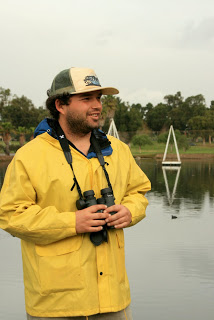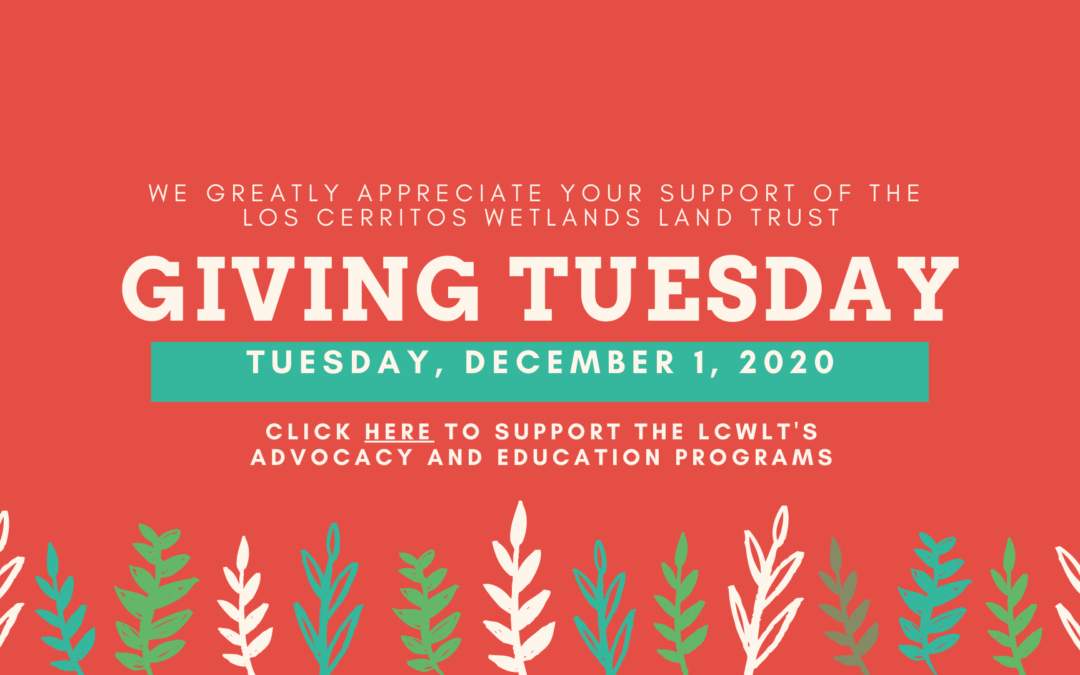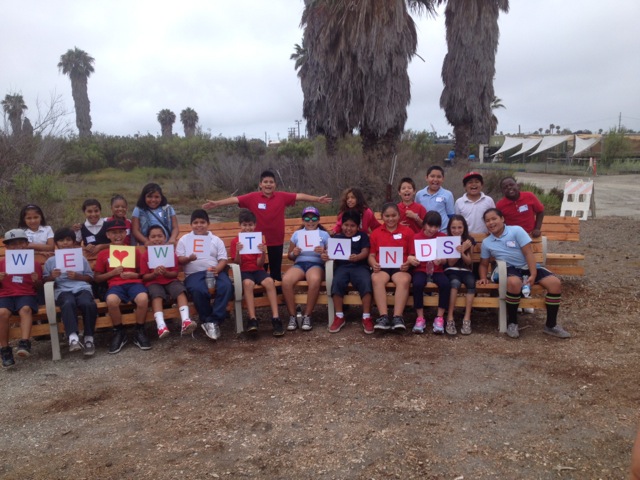I have a unique invitation to share with you. It is to a conference hosted by the Newkirk Center for Science and Society at the University of California at Irvine, and you are invited to attend, free of charge. The Los Cerritos Wetlands Land Trust will be participating in the conference, Extinction: Solutions for Species on the Brink, with our colleagues from Tidal Influence. We will be talking about the increased number of Belding’s Savannah Sparrows at Los Cerritos Wetlands, thanks to conservation efforts and improving their habitat. There are just a few thousand pairs of these little birds left in the world, so helping to improve their numbers is critical. Why are there so few Belding’s? Well, it turns out they like living in the same habitat that we do, close to the beach and only in temperate areas. Much of the Belding’s habitat has been lost forever to development and infrastructure here in Southern California. That’s why it’s so important to protect what remains, which is in open spaces like Los Cerritos Wetlands, Bolsa Chica Wetlands, and Banning Ranch.
The conference sounds really interesting. I’ll be attending and hope youwill too. Details and how to register are below.
Extinction: Solutions for Species on the Brink
A free virtual conference hosted by the
University of California, Irvine
February 9th and 10th from 10:00 am to 1:30 pm PST
Here is a great opportunity to learn and engage in the extinction crisis, both local and global. Experts and advocates will address threats to ecosystems and biodiversity, and the efforts being made, demanded, and imagined in order to protect and restore species in decline. The program presents a series of distinctively different approaches to species conservation and management from conservation action leaders and scientists. The Keynote speaker is former US Senator Tom Udall.
To register for this free conference, and for a full agenda, please visit the conference webpage.
Conference themes include:
Framing the Magnitude of the Threats and Unmet Challenges
Solutions: Saving Them in the Wild
Solutions: Achieving 30 by 30
COVID-19 – Opportunities to Save Species
Ex-situ Conservation: The Role of Zoos and Reserves in Reducing Extinctions
Experimenting with Technology to Stop or Reverse Extinction
The Imperative for Action
Conference speakers include:
Tom Udall, Former US Senator, New Mexico
John Baker, Chief Program Officer, Managing Director, WildAid
Suzanne Case, Chairperson, Hawaii Department of Land and Natural Resources
Kathy MacKinnon, Chair, IUCN’s World Commission of Protected Areas
Jennifer Norris, Deputy Secretary of Biodiversity and Habitat, California Natural Resources Agency
Carl Safina, Founding President, Ecologist and Author, The Safina Center
Ronald Swaisgood, Brown Endowed Director of Recovery Ecology, San Diego Zoo Institute for Conservation Research
Charles R. “Chipper” Wichman, Jr., President, National Tropical Botanical Garden Lindsay Young, Executive Director, Pacific Rim Conservation
Dan Silver, Executive Director, Endangered Habitats League
Elizabeth Lambe,
Executive Director
P.S. If you don’t already, I urge you to follow us on our Facebook page! Not only do we hope that more and more people will know about, love, and understand the value of our wetlands, our growth also shows decision-makers that Los Cerritos Wetlands matter to the community. By following us on Facebook you will be the first to know when we re-start our monthly wetlands nature walks (or be able to participate in community-based wetlands habitat restoration).
|











